The Roots of Christian Zionism
By Dr. Aslam Abdullah
Millions of Americans belong to Evangelical churches that strongly support Israel for religious reasons. The largest Zionist organization is Christians United for Israel, with 10 million members led by John Hagee.
A 2017 LifeWay poll conducted in the United States found that 80% of evangelical Christians believed that the creation of Israel in 1948 fulfilled biblical prophecy that would bring about Christ’s return. More than 50% of Evangelical Christians thought they supported Israel because it was essential for fulfilling the prophecy.
According to the 2003 Pew Research survey, more than 60% of Evangelical Christians and about 50% of Blacks agreed that the existence of Israel fulfilled biblical prophecy. About 55% of poll respondents said that the Bible was the most significant influence in supporting Israel, 11 times the number of people who said the Church was the most critical influence. These zealots for Israel hold substantial voting power in America. They are the backbone of the Zionist apartheid state of Israel.
Christian Zionism espouses the return of the Jewish people to the Holy Land. It holds that the founding of the State of Israel in 1948 was in the Old Testament: that the re-establishment of Jewish sovereignty in the Levant—the eschatological “Gathering of Israel”—is a prerequisite for the Second Coming of Jesus Christ. The term began to be used in the mid-20th century, in place of Christian restorationism, as proponents of the ideology rallied behind Zionists in support of a Jewish national homeland.
It is rooted in 17th-century English Puritanism. Christian pro-Zionist ideals have been shared among Protestant Christians since the Reformation. While supporting a mass Jewish return to the Land of Israel, Christian Zionism asserts a parallel idea that the returnees ought to be encouraged to reject Judaism and adopt Christianity as a means of fulfilling biblical prophecies.
English Puritan Thomas Brightman published Shall They Return to Jerusalem Again? in 1615, one of the earliest Restorationist works.
Advocacy of the restoration of Palestine as a national homeland for the Jews was first heard among self-identified Christian groups in the 1580s following the Protestant Reformation. The first wave of Protestant leaders, including Martin Luther and John Calvin,
Calvin’s successor, Theodore Beza, developed a translation of the Bible called the Geneva Bible, which contained footnotes about the Book of Romans, explicitly claiming that the Jews would become Christians. This view came to be taken up firmly by English Puritans,
The Puritans, once a “fringe” faction, came to power under Oliver Cromwell during the Commonwealth. Several of his closest advisors held Philo-Semitic millennialist religious views.
In New England during the 18th century, Ezra Stiles, President of Yale College, supported Jewish restoration. In 1808, Asa McFarland, a Presbyterian, voiced the opinion of many that the fall of the Ottoman Empire was imminent and would bring about Jewish restoration. One David Austin of New Haven spent his fortune building docks and inns from which the Jews could embark to the Holy Land. In 1825, Mordecai Manuel Noah, a Jew who wanted to found a national home for the Jews on Grand Island in New York as a way station to the Holy Land, won widespread Christian backing for his project. Likewise, restorationist theology was among the inspirations for the first American missionary activity in the Middle East and for mapping the Holy Land.
Most early-19th-century the Niagara Bible Conference in 1878 issued a 14-point proclamation (relying on Luke 12:35–40, 17:26–30, 18:8 Acts 15:14–17, 2 Thessalonians 2:3–8, 2 Timothy 3:1–5, and Titus 1:11–15), including that the Lord Jesus will come in person to introduce the millennial age, when Israel shall be to restore Israel to its land, and the earth shall be whole of the knowledge of the Lord; and that this personal and premillennial advent is the blessed hope set before us in the Gospel for which we should be constantly looking.
In 1818, President John Adams wrote, “I wish the Jews again in Judea an independent nation,” and believed that they would gradually become Unitarian Christians.
In 1844, George Bush, a professor of Hebrew at New York University and the cousin of an ancestor of President Bush, published a book titled The Valley of Vision, or The Dry Bones of Israel Revived. In it, he denounced “the thralldom and oppression which has so long ground them (the Jews) to the dust”. He called for “elevating” the Jews “to a rank of honorable repute among the nations of the earth” by restoring the Jews to the land of Israel, where the bulk would be converted to Christianity. This, according to Bush, would benefit not only the Jews but all of humanity, forming a “link of communication” between humanity and God. “It will blaze in notoriety …”. “It will flash a splendid demonstration upon all kindreds and tongues of the truth.”
The tycoon William Eugene Blackstone organized the Conference on the Past, Present, and Future of Israel at the First Methodist Episcopal Church in Chicago, where participants included leaders of many Christian communities. Blackstone advocated strongly for the resettlement of Jewish people in Palestine. In 1891, he lobbied President Benjamin Harrison for the restoration of the Jews in a petition signed by 413 prominent Americans that became known as the Blackstone Memorial. The names included the US Chief Justice, the Speaker of the House of Representatives, the House Foreign Relations Committee Chair, and several other congressmen, Rockefeller, Morgan, and famous industrialists.It read, in part: “Why shall not the powers which under the treaty of Berlin, in 1878, gave Bulgaria to the Bulgarians and Servia to the Servians now give Palestine back to the Jews? … These provinces, as well as Romania, Montenegro, and Greece, were wrested from the Turks and given to their natural owners. Does not Palestine rightfully belong to the Jews?”
In the decades leading up to the establishment of Israel in 1948, the most prominent and politically active American Christian supporters of Zionism were liberal and mainline Protestants. They believed their support of the movement was part of a broader effort at interfaith rapprochement. The Pro-Palestine Federation, a Christian pro-Zionist organization founded in 1930, called for the promotion of “goodwill and esteem between Jews and non-Jews,” and it also called for the British government to adhere to the terms of its Mandate for Palestine, which pledged support for the establishment of a Jewish national home.
American Protestants viewed the Zionist movement as at least a partial fulfillment of biblical or as a modern fulfillment of God’s covenantal promises to the Jewish people. In the 1930s, Southern Baptist missionary Jacob Gartenhaus, himself a convert from Judaism, argued that “Zionism is going to win whether anybody likes it or not…To oppose it is to oppose God’s plan.” J. Frank Norris, a fundamentalist Baptist, preached to his followers that it was their Christian duty to support the Zionist cause and wrote President Truman in support of Zionist claims to Palestine in 1947 and 1948.
American evangelical leaders began to build relationships with American and Israeli Jews and they also began to build institutional connections with Jewish organizations and the Israeli government itself. The founder of the American Institute of Holy Land Studies, G. Douglas Young, worked to convince American Christians that it was their biblical duty to support the Jewish people and the Jewish state. He also worked as a go-between for Jewish organizations and Israeli government agencies seeking to build relationships with American evangelicals. Such activism provided the basis for developing Christian Zionism as a movement.
Examples of Protestant leaders who combined political conservatism with Christian Zionism are Jerry Falwell and Pat Robertson, leading figures on the Christian Right in the 1980s and 1990s. In 1981, Falwell said: “To stand against Israel is to stand against God. We believe that history and Scripture prove that God deals with nations in terms of how they deal with Israel.” They cite part of the blessing of Isaac at Genesis 27:29, “Those who curse you will be cursed, and those who bless you will be blessed.” Martin Luther King Jr. was also a Christian supporter of Israel and Zionism.
The government of Israel gave official encouragement to Christian Zionism, allowing the establishment of the International Christian Embassy in Jerusalem in 1980.
The Third International Christian Zionist Congress, held in Jerusalem in February 1996, issued a proclamation which said:
God the Father, Almighty, chose the ancient nation and people of Israel, the descendants of Abraham, Isaac, and Jacob, to reveal His plan of redemption for the world. They remain elect of God, and without the Jewish nation, His redemptive purposes for the world would not have been fulfilled.
Jesus of Nazareth is the Messiah and promised to return to Jerusalem, Israel, and the world.
It is reprehensible that generations of Jewish peoples have been killed and persecuted in the name of our Lord, and we challenge the Church to repent of any sins of commission or omission against them.
The modern influx of the Jewish People to Eretz Israel and the rebirth of the nation of Israel fulfill biblical prophecies, as written in both the Old and New Testaments.
Christian believers are instructed by Scripture to acknowledge the Hebraic roots of their faith and to actively assist and participate in God’s plan for the Ingathering of the Jewish People and the Restoration of the nation of Israel in our day.
Widespread interest in Christian Zionism was boosted around 2000 by the Left Behind series of novels by Tim LaHaye and Jerry B. Jenkins. The stories focus on Israel’s prophetic role in the apocalyptic end times.






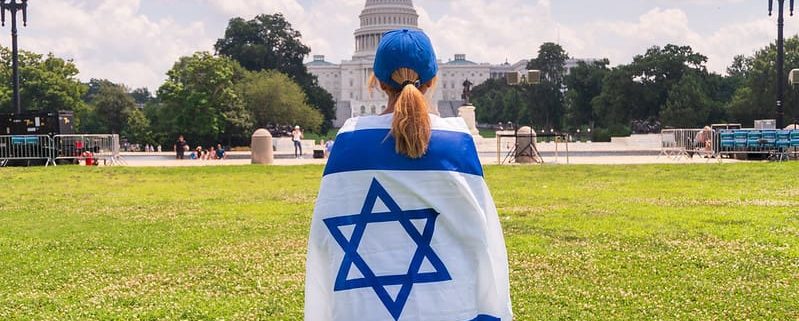
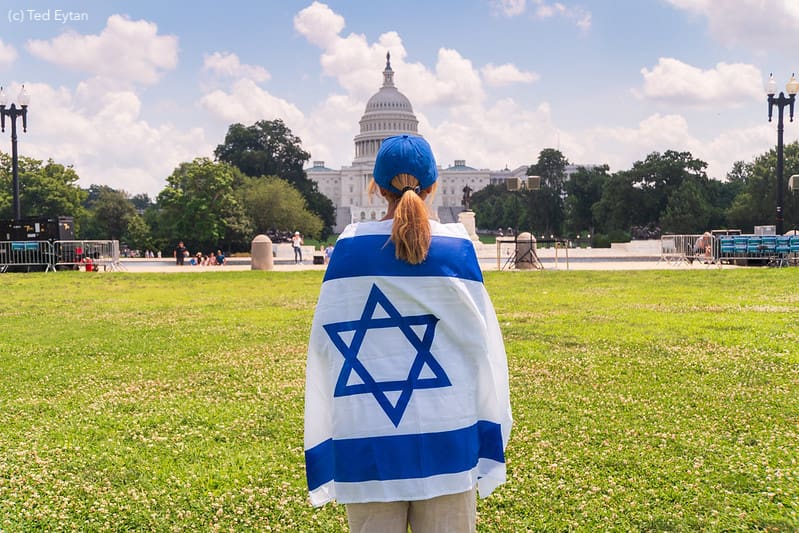

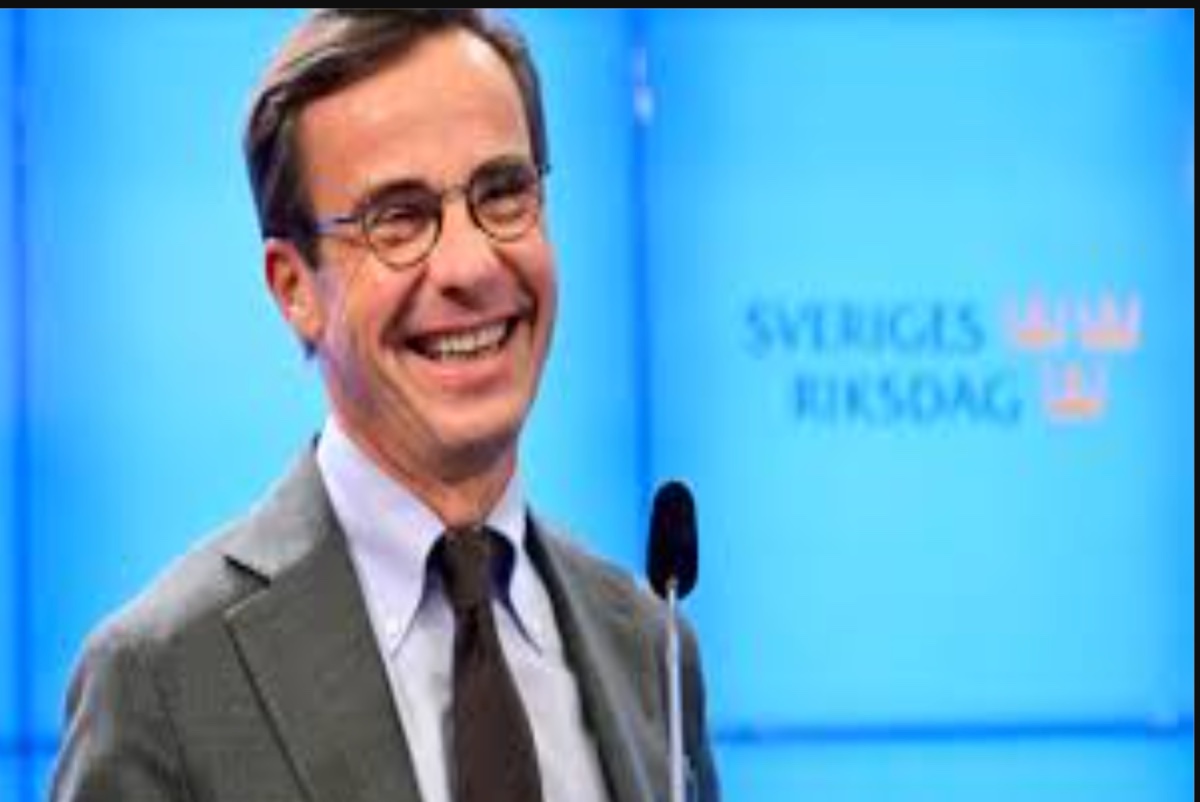

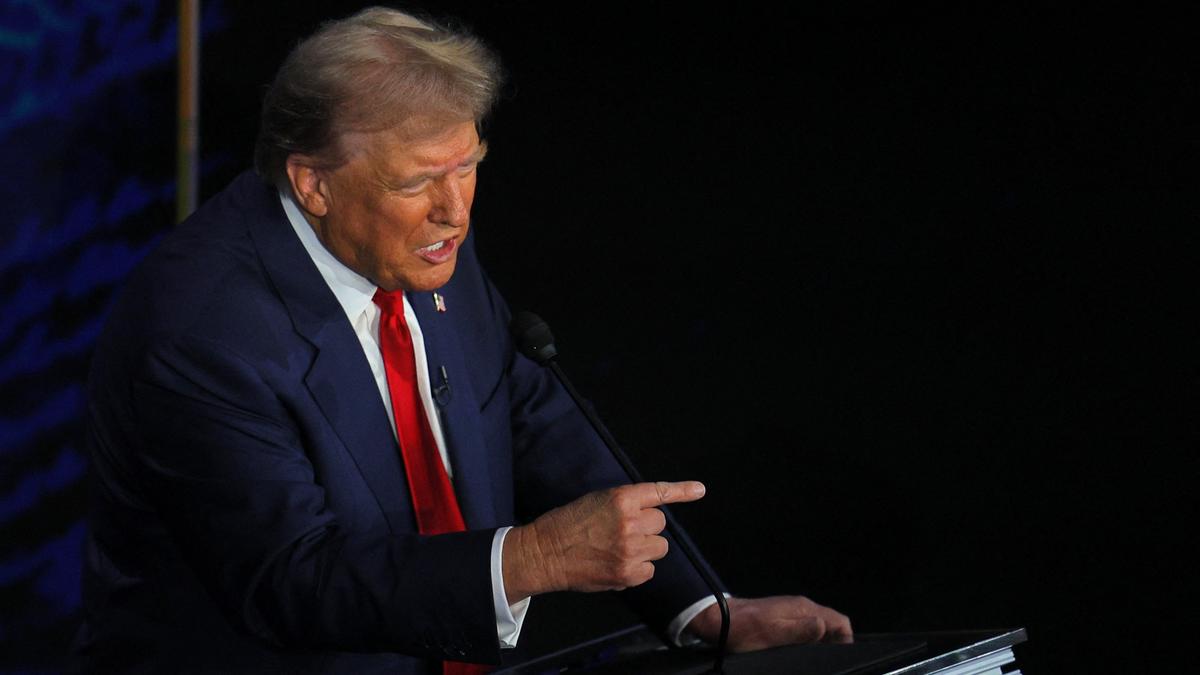
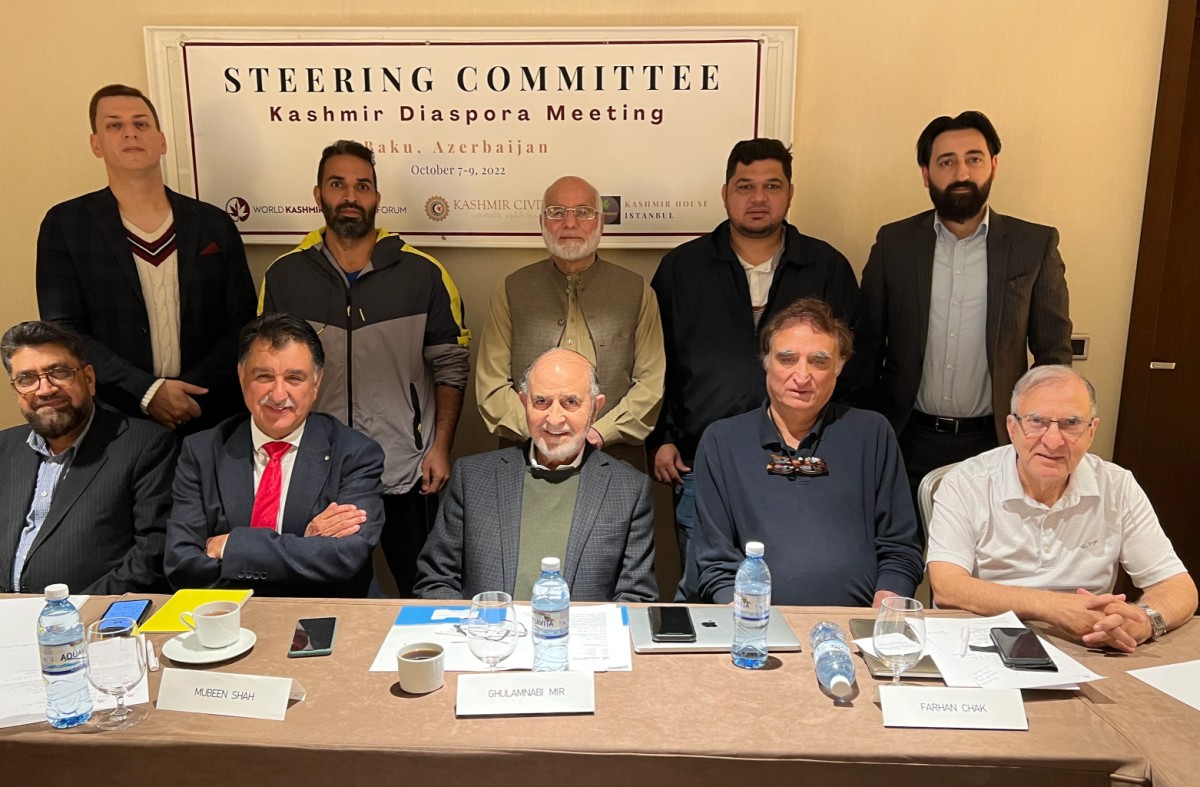








2024
1,541 views
views
0
comments